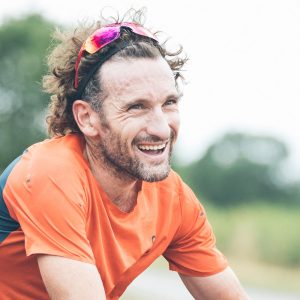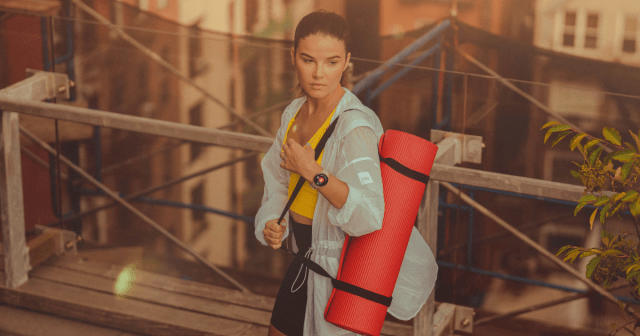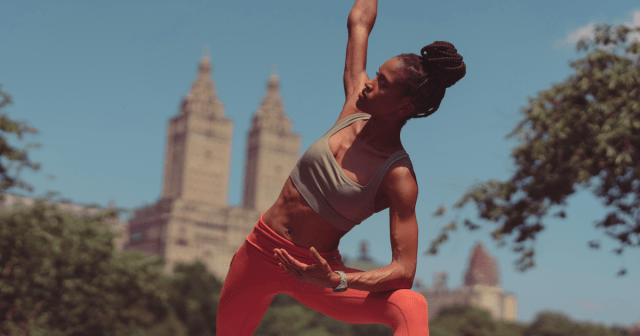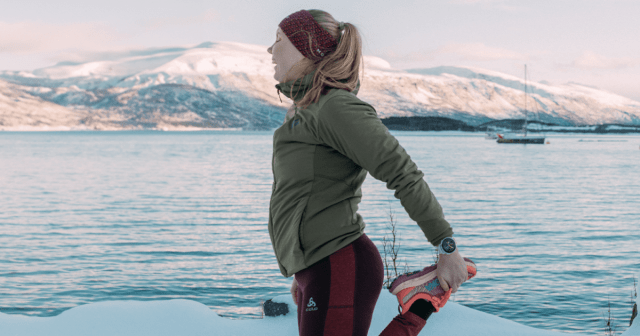We’ve all been there. Whether it’s overtraining for your first IRONMAN because you’re too excited (and a little scared) or causing an overuse injury from training to set a new PR, there’s a fine line with workout motivation: between being too motivated and not motivated enough.
For all sports, and especially triathlon, it can be tough to find the right training balance that allows you to show up on race day prepared and ready to perform at your best.
It’s common to question whether or not you’re putting in enough work, and whether or not your training is ultimately helping you reach your performance goals.
Lately, with more and more athletes posting their workouts on social media and fitness apps, it’s all too easy to compare your competitors’ level of training to your own. While this can be a healthy source of workout motivation, every athlete’s body responds to certain training stimuli differently: the training load that works for one athlete may be too much for another.
Tim Don, a four-time ITU World Champion, three-time Olympian and world record holder for the fastest IRONMAN ever completed, knows a thing or two about getting and staying motivated.
We caught up with Polar Athlete Tim Don who knows a thing or two about being psyched. He’s not only a four-time ITU World Champion, but he’s also a three-time Olympian and holds the world record for the fastest IRONMAN ever completed (Ironman Brazil, 7:40:23).
From how he uses performance metrics to limit himself, to how he keeps training fresh after all these years as a pro, here’s what Don had to say on the topic of workout motivation.
Is there such a thing as too Much Workout motivation? What problems can that cause?
“Of course there is. It’s a balance between performance goals, training, and life. Being too psyched can lead to making small mistakes and being too absorbed in yourself, maybe missing the moment of your performance. It’s important to maintain control over your workouts (not to get too carried away and end up doing too much) and when racing — especially the longer ones.”
how do you strike a healthy balance between training and rest?
“For me, it’s all about listening to your body and knowing you can’t just train full gas. Sure, make hard sessions hard, but also make easy sessions easy — not that grey area when it’s neither easy or hard. That doesn’t help with your performance or training.”
Do You Use Workout Data to limit yourself?
“I use as many metrics I can and the key is being consistent using them. Polar’s Recovery Pro is a great tool to use on all sessions, and the more you use it the better the data becomes. It leads to better training sessions and ultimately a great balance and great race performances.
I’m often too keen to jump into my next session, and sometimes halfway through the session, I realize I should have taken an extra day off. The Recovery Pro metrics and data I get from the Polar Vantage V help me listen to my body and make me consider more carefully if I should delay my training session by a day.”
What are some of your key training/racing metrics?
“For swimming, I use a pace clock during pool sessions, and during open water, I use distance and pace so I know how far and fast I have been swimming. When cycling, I use power, heart rate, speed, average pace, and a few more. With running, I use heart rate, pace, distance, and speed. I am also slowly incorporating running power into my training, which I am enjoying.
I use the same metrics for racing, why do something different for racing than training, right?”
How do you stay ‘psyched’ with workout motivation?
“I love the process of training towards a goal, and I’m motivated by the fact that knowing what I do day in, day out, has a massive effect on my end goal.”
how has Doing Sports changed over the years? Has it become more data-focused?
“I’ve used a Polar heart rate monitor since 1998, and now it’s more than a Polar heart rate monitor, it’s GPS, and as you see with the new Polar Vantage V, it’s got so many more functions.
With all the new equipment and data collection, which is very accurate, it makes the art of training and coaching a form of science. From heart rate and power to Recovery Pro and Training Load Pro, as an athlete, it’s so exciting to see the training become more specific and relevant to me, my body, and my goals. It ultimately gives me better training sessions at the right time to race faster!”
What drew you to triathlon in the first place?
“The thrill of pushing my body and mind when I was a junior got me started. And I love all the equipment, travel and technology. It’s just a great way to make a living I am so lucky to be a professional triathlete and I never take it for granted.”
What are you “psyched” about next? Any long-term goals?
“I’m excited to have a solid winter of training. After last winter and being in the Halo it was tough, and my racing in 2018 reflected the lack of a solid winter. I can’t wait to get back at it for a solid 2019 season!”
If you liked this post, don’t forget to share so that others can find it, too.
Or give it a thumbs up!
I like this article
Please note that the information provided in the Polar Blog articles cannot replace individual advice from health professionals. Please consult your physician before starting a new fitness program.






